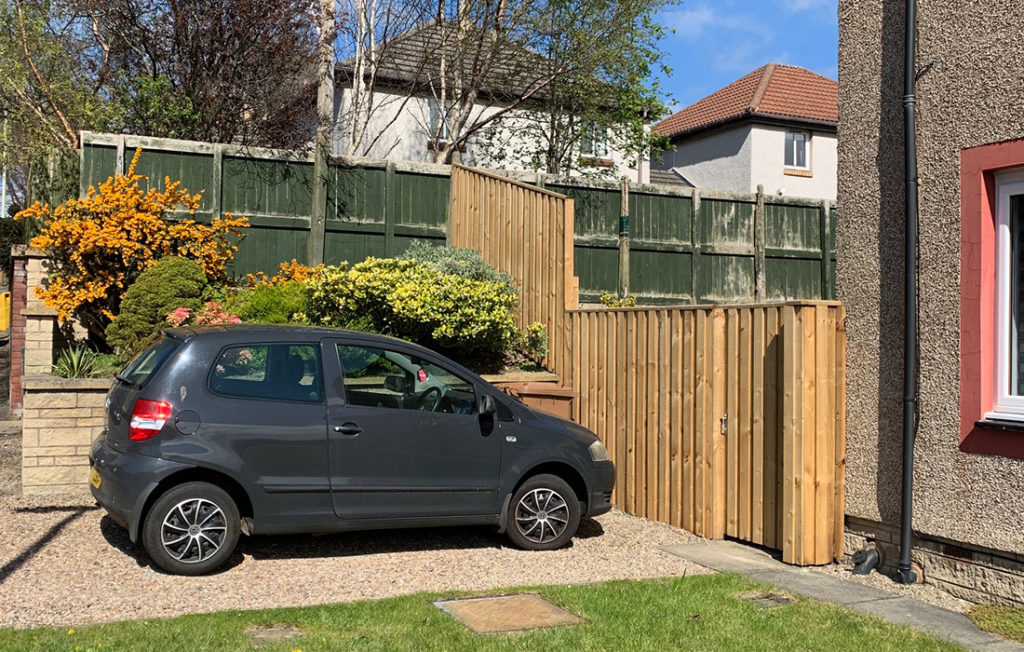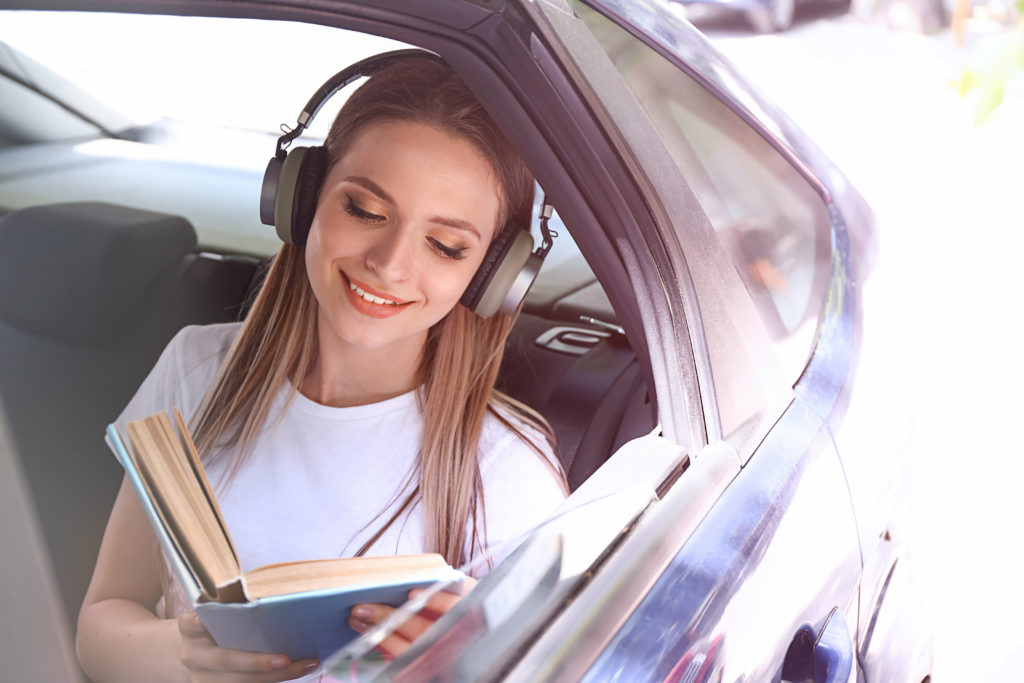The Science Behind Car Sickness And How To Avoid It

With lockdown restrictions lifting across the country, and with more good weather on the way, many Brits are beginning to travel to visit relatives, or are planning summer staycations. Unfortunately, travel sickness can be a rather unpleasant side effect of a long car journey, but what exactly is travel sickness and how can we avoid it?
Research by online car parts provider, Euro Car Parts, can reveal the science behind why we get travel sick, as well as the factors most likely to trigger travel sickness, and the best ways to prevent and recover from symptoms.
The research revealed nausea as the most common symptom of travel sickness, experienced by two thirds of the nation (66%), followed by vomiting and generally feeling unwell which are experienced by a third each (31% and 30%).
According to GP and author, Dr Sarah Brewer, travel and motion sickness can be triggered by any form of transport and is caused when motion-detecting cells in the inner ears are excessively stimulated and send messages to the brain which don’t match the degree of movement detected by the eyes. “Your eyes tell your brain that the environment is stationary but your balance organs say that it isn’t – this triggers travel sickness”, says Sarah.
“Travel or motion sickness is a condition that affects adults and children alike, and can make travelling stressful and uncomfortable. Most people have experienced it at some point in their lives, however some people, particularly children, are especially sensitive as their nerve pathways involved are not fully developed. Before the age of ten, children are especially susceptible.” she continues.
The research also found out what factors are most likely to trigger travel sickness. Reading (39%), facing backwards (38%) and sitting in the back seat (31%) were cited as situations most likely to cause queasiness, headaches and dizziness.
Top ten factors that are most likely to cause travel sickness:
- Reading (39%)
- Travelling backwards (38%)
- Sitting in the back seat (31%)
- Travelling while tired (17%)
- After drinking alcohol (16%)
- Watching a screen (15%)
- Dehydration (15%)
- Travelling while hungry (14.7%)
- Standing while travelling e.g. on public transport (11%)
- After eating (6%)
The mode of transport which regularly makes nearly half (44%) of the population motion sick is travelling in small cars, proving the phrase ‘car sick’ to be an apt name! A third (33%) say they have also experienced motion sickness while on a small boat.
To help those who suffer with the affliction, Dr Brewer advises on the best ways to avoid an uncomfortable journey:
Watch what and when you eat and drink
When travelling, it can be tempting to buy quick and easy fast food from service stations en route. However, greasy, fatty and spicy food can cause nausea and trigger or worsen travel sickness. Likewise, alcohol can act as a diuretic and dehydrate you – further exacerbating your motion sickness.
You should however avoid travelling on an empty stomach – have a light meal instead, 45 to 60 minutes before travelling, and top yourself up with light snacks which are bland and low in fat and acid.
Position is everything
If possible, offer to drive – drivers are less likely to suffer from travel sickness as they are concentrating on the outside. If driving isn’t an option, try to sit in the front seats and open the windows to get fresh air circulating, rather than the back seats, and keep your attention focused on the distant horizon to reduce your sensory input. Nearly half of Brits (46%) find fresh air to be the most effective remedy for motion sickness while travelling in the back seats is the third most common cause of motion sickness for a third of sufferers (31%). To help children, use car seats to ensure children can sit high enough to see out of the window.
To reduce nausea-inducing movement in other vehicles, try and sit between the wheels on buses or coaches where movement is less, or in the area above the wings on an aeroplane.
If all else fails, try medication
For travel sickness, prevention is easier than treating symptoms once they start. Dr Brewer recommends an antihistamine called cinnarizine which works on the vomiting centre in the brain to stop nausea, and on the balance organs in the inner ear to reduce sensitivity to motion.
“Take cinnarizine 2 hours before a journey, and it will reduce your susceptibility to motion sickness for at least 8 hours. If you are already feeling sick, however, you can suck a tablet rather than swallowing it for a more rapid effect. Just make sure you don’t take sedating travel sickness medication or drive if you feel drowsy.
“If you prefer a more natural option, try ginger tablets or wearing acupressure bands on your wrists.”
Helen Johnson, Corporate Communications Director at Euro Car Parts, said: “Unfortunately, motion sickness is something that most of us have dealt with at some point in our life and will probably have to continue to deal with.
“No one wants to experience that nauseous feeling while travelling. Hopefully the advice offered by Dr Brewer will help sufferers, particularly if you have no choice but to travel.”
For further tips on how to prevent and cure motion sickness . . .








